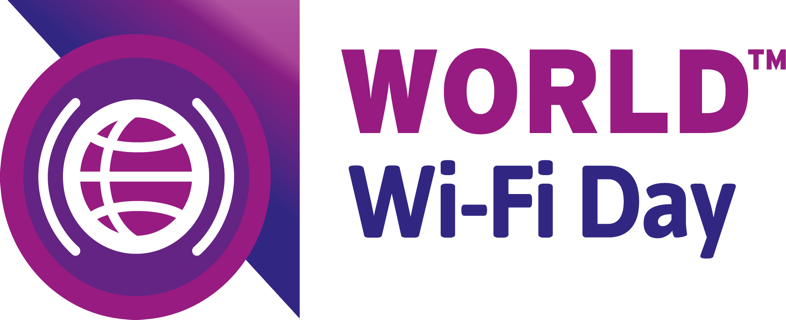We tend to take broadband availability and affordability as a given, at least in large cities! That’s not what we found in a recent research we conducted on behalf of the wireless broadband alliance. In fact we found that More than half of world’s urban population has no broadband access. 57% of world’s population are urban unconnected, with 37% of these people living in some of the world’s wealthiest cities like New York or Shanghai.
This report presents the findings of research conducted by Maravedis on behalf of the Wireless Broadband Alliance regarding the state of the urban unconnected population in 18 large cities as well as each of their related international regions.
The conclusions presented take into consideration an analysis of urban broadband adoption at both the city and regional levels.
- The digital divide phenomenon is not limited to rural or remote areas. A staggering 57% of world’s urban population remains unconnected, either with fixed or mobile broadband. That represents more than 2.2 billion people living in cities across the world.
- Wide differences exist in broadband access when comparing metro areas. This means that an important segment of the population inside large cities are being left out of the digital age, either because they cannot afford the service or because the service is simply not available in their neighborhood.
- Large, sophisticated cities are still lagging behind in terms of broadband penetration. Los Angeles, New York City, and Shanghai are good examples. More than 25% of their population unconnected.
- Affordability and social inequality represent the primary obstacles to urban connectivity. Urban citizens still remain unconnected either because they cannot afford the broadband service or the device. The research methodology is explained at the end of the paper.
Findings at the City Level
First, analysis at the city level reveals a huge contrast when it comes to urban broadband access between large cities around the world. Among the cities researched, the lowest proportion of citizens without broadband access is in London (UK) where only 8% or 683,095 of the population is unconnected. However, in Lagos (Nigeria) the portion of unconnected is 88.2% or 10,168,090 people. This demonstrates a wide gap between cities. This is not a surprising result and is well in line with overall regional differences, explained by differences in economic, social, technology and telecom regulatory environments.
The disadvantage experienced by the citizens of Lagos is not surprising at all since the average of unconnected citizens in all the cities examined is just 37%. Also, most of the cities surpassing the average are located in the Middle East & Africa (MEA) and Asia Pacific (APAC) regions. On the other hand, the cities located in more developed regions, such as North America and Europe, and two APAC countries (Seoul and Tokyo) show considerable lower proportions of unconnected, and are below the general average.
Findings at the Regional Level
The analysis of broadband access at the regional level provides results which are consistent with those at the city level. Figure 4 and 5 show the region with the highest proportion of urban unconnected is MEA (Middle East and Africa) with 82% or 515 million unconnected citizens. That region is followed by APAC (Asia Pacific) with 68% or 1.2 billion urban unconnected citizens. This staggering number can be explained by the high proportion of urban population without broadband access in highly populated and countries, such as China and India.

